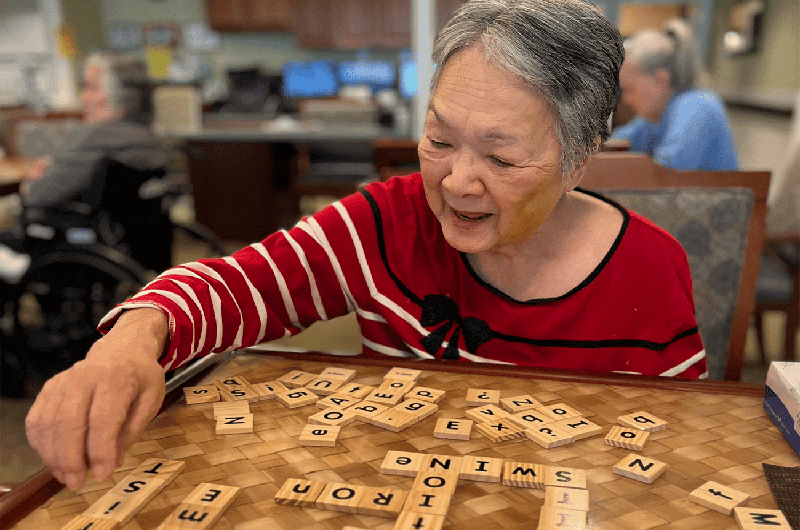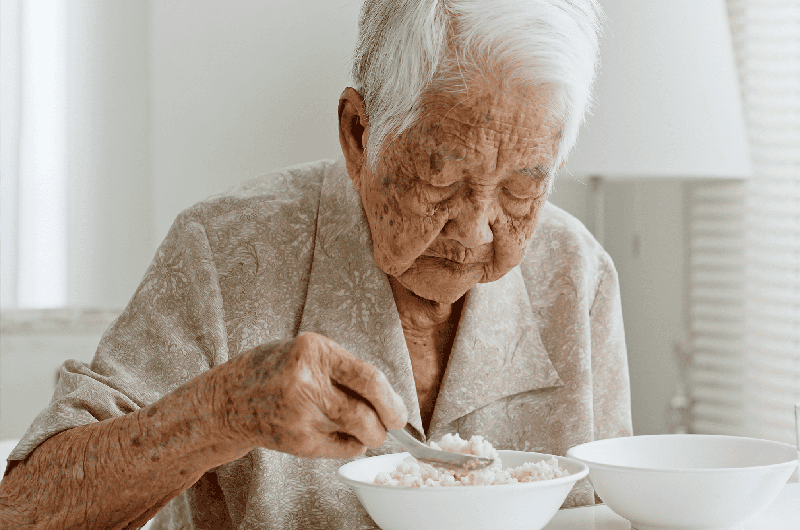Presenter: Dorothy Colby, Hale Kū‘ike Director of Community Engagement & Positive Approach to Care® Trainer
Date: 3/16/22
Recording length: 1 hour
Sponsors: Hale Kū‘ike and Catholic Charities Hawai‘i
Description:
- TV, bingo, napping…what else is possible when so many skills are lost?
- How can we help those we love living with dementia find purpose and meaning in in their day?
- How do we find moments of joy for ourselves as care partners while supporting someone living with dementia?
In our daily lives we all have four types of activities that fill our days — purposeful, leisure, self-care, and rest/restorative activities. As human beings we need to find a balance of all four to be healthy and feel happiness. When that balance is off, all work and no self-care for example, it can negatively affect our physical and mental health. To feel joy and to feel needed are vital to mental health. Without them we cannot thrive.
People who are living with dementia are no different. They also need to feel a sense of purpose, engage in leisure, be involved in self-care, and rest and recharge their batteries. The brain changes that come with dementia make it increasingly difficult to initiate and participate in activities that they once enjoyed.
As care partners, both at home and in long-term care, the focus tends to be on self-care and restorative activities. We are very good at making sure all the personal care needs are met (meals, bathroom, medications, etc.) and that they get sleep. It can be a challenge to plan and fit in activities that provide leisure fun and a sense of purpose, especially for an already exhausted care partner.
With advance planning and assembling a support team of family and/or professionals, it is possible to help those we care for be engaged with life and find moments of joy. Increasing opportunities for meaningful engagement starts with getting to know the person so that you can tailor activities that are interesting, do-able, and valued by the person who is experiencing so many changes due to dementia. Designing daily routines, but staying flexible, is key as well. Meaningful engagement makes a positive difference for mental health and wellbeing of the person living with dementia and their care partners.
There are two Positive Approach to Care® (PAC) tools that can help in this planning immensely — the GEMS brain change model and the Six Pieces of the Puzzle. The GEMS can help with understanding what abilities are retained throughout the dementia journey. We can then adapt activities to match what skills a person still has for success and joy. The Six Pieces of the Puzzle can help with looking at all the factors that affect a person and figuring out where we can make positive changes. We can figure out what adjustments or changes can we make to the environment, stakeholders (those around them), and how their time during the day.
To learn more about meaningful engagement for people living with dementia, you can view our recorded webinar, “Activities in Dementia Care: Filling the Day with Meaningful Engagement.” You can also download the workshop slide deck, GEMS printable poster, and the PAC Resource Cards.
For more information about PAC, visit www.teepasnow.com.


